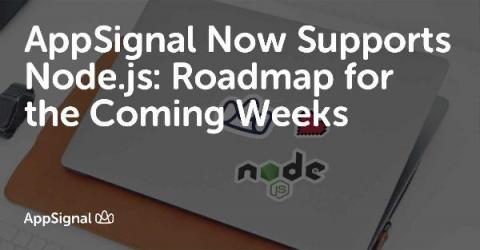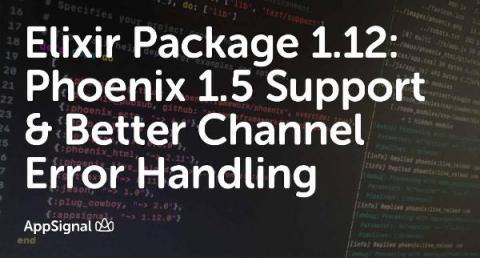AppSignal Now Supports Node.js: Roadmap for the Coming Weeks
Many of us are impacted in one way or another by the Covid-19 virus. At AppSignal, we asked our team to prioritize their families and (mental) health first. We hope you were able to do the same. We are starting to find a new rhythm in these uncertain times, and are continuing on our mission to bring developers amazing monitoring. In that light, we are happy to ship the first version of AppSignal for Node.js.











